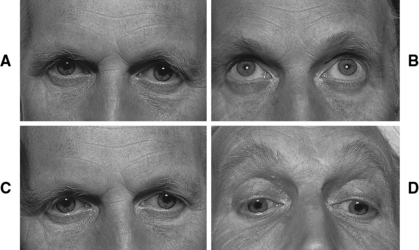13. Behçet’s Disease
Definition
Behçet’s disease is believed to be an autoimmune disorder characterized by uveitis and retinal vasculitis, optic atrophy, and aphthous lesions of the mouth and genitalia. Frequently there are other signs and symptoms that suggest diffuse vasculitis. Actual signs and symptoms vary according to the organ system involved.
Incidence
The incidence of Behçet’s disease varies according to ethnicity. The highest incidences are among Middle Eastern and Far Eastern populations.
Etiology
Behçet’s disease is believed t o be of autoimmune origin. As such, the true etiology remains unknown. Various aspects of the disease seem to indicate that it is an infectious process, but in the 80 years since it was first described, no specific causative agent has been identified. Genetic factors also seem to contribute to the development of this disease. Middle and Far Eastern populations have a higher rate of occurrence of this disease and have a higher prevalence of human leukocyte antigen B 5 (HLA-B 5); the Israeli population has a higher prevalence of HLA-B 51.
 |
| Behçet’s Disease. Oral aphthous lesions in a patient with Behçet’s disease. |
Signs and Symptoms
Arthritis
• Enthesopathies
• Joint fluid turbidity
• Sacroilitis
Cardiac
• Coronary thrombosis
• Coronary vasculitis
• Diastolic dysfunction
• Endocarditis
• Myocarditis
• Pericarditis
• Valvular regurgitation
Gastrointestinal
• Abdominal pain
• Bloody diarrhea
• Intestinal perforation
• Ulcerative lesions
 |
| Behçet’s Disease. Failure of horizontal gaze ( A and C) associated with preservation of vertical gaze ( B and D). |
Genitalia
• Penile lesions
• Perianal lesions
• Scrotal lesions
• Vulvar/vaginal lesions
Mouth
Buy Membership for Anesthesiology Category to continue reading. Learn more here







